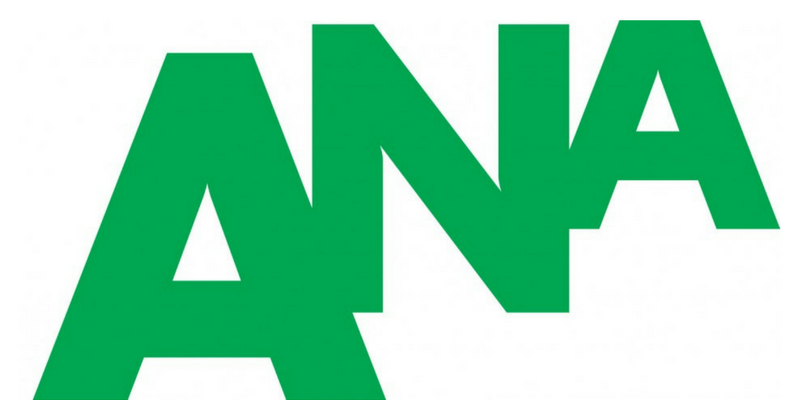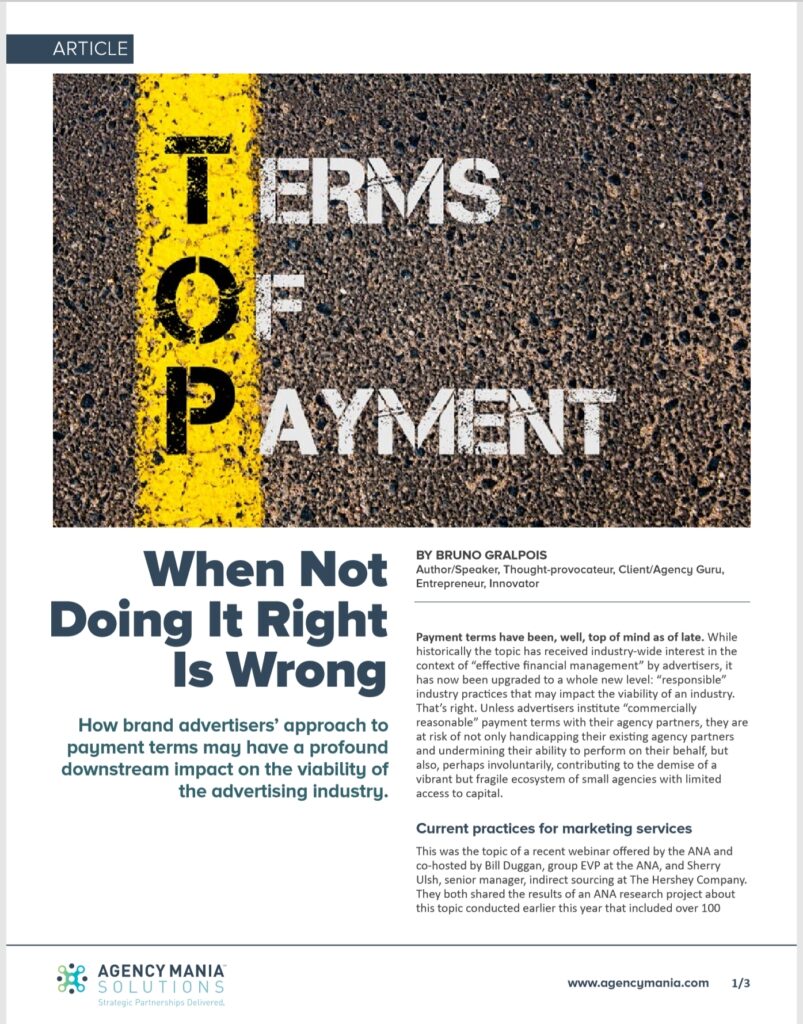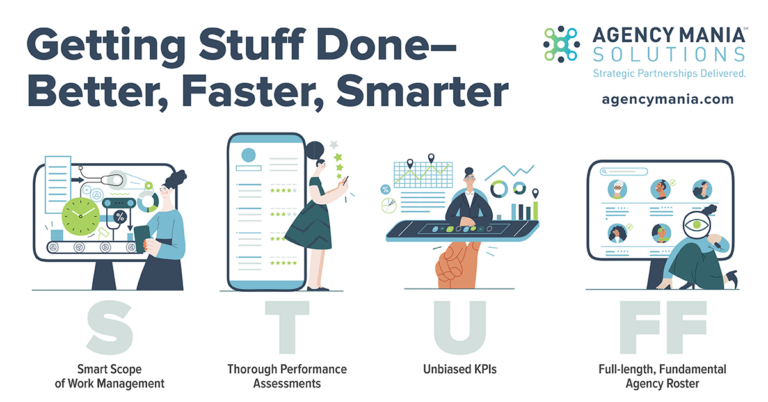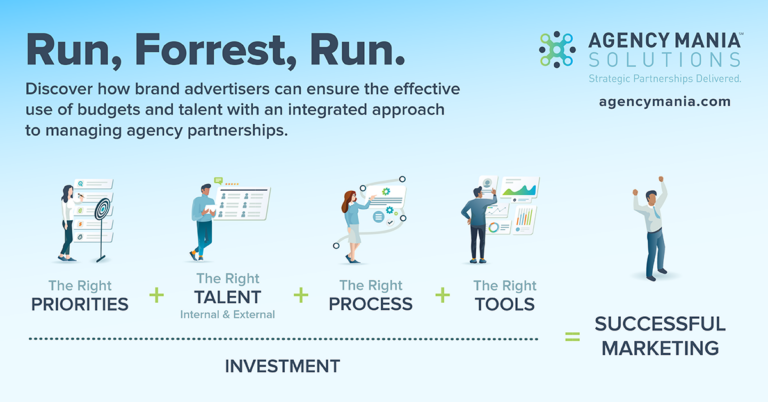When Not Doing it Right is Wrong:
Payment terms have been, well, top of mind as of late. While historically the topic has received industry-wide interest in the context of “effective financial management” by advertisers, it has now been upgraded to a whole new level: “responsible” industry practices that may impact the viability of an industry. That’s right. Unless advertisers institute “commercially reasonable” payment terms with their agency partners, they are at risk of not only handicapping their existing agency partners and undermining their ability to perform on their behalf, but also, perhaps involuntarily, contributing to the demise of a vibrant but fragile ecosystem of small agencies with limited access to capital.
Current practices for marketing services
This was the topic of a recent webinar offered by the ANA and co-hosted by Bill Duggan, group EVP at the ANA, and Sherry Ulsh, senior manager, indirect sourcing at The Hershey Company. They both shared the results of an ANA research project about this topic conducted earlier this year that included over 100 members. No matter how you look at these results, they are quite concerning: extended terms are on the rise with 37% of members claiming that their company extended payment terms in the past year, especially for agency fees, closely followed by research and production-related expenses. Only 18% shortened them, with most of them keeping them the same.
The primary motivations are not surprising: the need for better cash flow or the desire to free capital has always been a primary motivator by organizations looking to run their business more efficiently. CFOs and finance teams are looking at every expenditure, as they should, to find potential efficiencies. They are not to blame, as they too face incredible pressure. Yet, marketing leaders must educate their counterparts on the implications of such drastic measures, often not well understood by those enforcing them. Before one inadvertently shoots himself or herself in the foot, one must understand the domino effects of these relationship decisions.
Unwanted complications and implications
Less is not always more. Brand advertisers have increasingly relied on a diverse set of agency partners, ranging from large network-led agencies to independent agencies that offer unique specialty skills, are very nimble and agile, or offer complementary capabilities to larger agencies. Whatever the motivation may be, small agencies are now increasingly part of the consideration set for larger brands.
So when these brands are extending payment terms, sometimes up to 120-day payment periods (the mean is 58.1 days for agency fees according to the ANA study, an increase of 12.4 days since the prior study in 2013), they are slowly but surely suffocating a vast ecosystem of small agencies unable to handle the financial burden of delayed cash flow. Ryan Linder, global chief marketing officer, EVP, MDC Partners gently reminds us that “While most clients are selling tangible products… our products are intangible… ideas that build brands and drive business. Our people are our most valuable assets. And we pay them every two weeks – not every 180 days.”
Early payment discount programs that offer prompter payment to agencies in exchange for a buyer discount are available by at least 21% of advertisers but sadly provide little relief. Rob Schwartz, CEO, TBWA\Chiat\Day New York captured the growing frustration of the agency world and a sentiment shared by many when he said the following about unfair payment terms at a Campaign’s breakfast event earlier this year: “I think collectively as agencies we have to cowboy up and just say I’m not going to accept these terms—go do it somewhere else. Do it with your in-house agencies.” The implications of longer payment terms may not always be immediately visible but they are significant:
1. Higher supplier pricing:
Payment terms are one of the many levers available to advertisers when negotiating with agencies. By enforcing aggressive terms, they are naturally inviting their agency partners to look for other ways to compensate, no pun intended, for these tradeoffs. Agencies are likely to look for other means to pass on the financial implications of these delays in the form of higher overhead or expenses.
2. Lower talent quality:
Under greater financial pressure, agencies must look for other ways to reduce their operating costs and free up capital. The number one expense for agencies is talent. It’s not too hard to imagine agencies having to make tradeoffs in the level of talent they can afford or the way they build their teams, perhaps relying increasingly on contract resources, which by their own nature offer less control and are higher risk than dedicated resources.
3. Unhealthy or declining relationships:
The study stressed that extended payment terms can and will also negatively impact relationships with vendors over time, as noted by 38% of the study participants. When agencies are more concerned about their ability to operate with reduced cash flow, tension is likely to rise, and conflicts are likely to emerge more frequently. The relationship may become unhealthy and slowly suffer damage to the point when it is beyond repair.
4. Reduced supplier choice:
As cash-flow-sensitive agencies struggle, they are likely to pursue clients with more favorable payment terms, reducing the pool of available agencies a given advertiser can use. Some agencies may also fold under financial pressure, creating a lasting vacuum in some areas – either geographically or by discipline – which will inevitably reduce the supply available to advertisers. When supply is reduced, pricing is likely to increase as illustrated in #1 above.
The viability of an industry at risk
The temptation to further extend payment terms in times of economic pressure and the uncertainty we currently face is especially high. However, marketers must carefully examine their options and avoid creating new problems while trying to solve others. Without a doubt, continuing the trend of extending payment terms may ultimately backfire. As Brian Wieser, global president, business intelligence of GroupM warned: “Marketers need to be mindful of long-time horizons during crises and make decisions on this basis.”
These terms are one of many elements in the context of a business relationship. Yet, in a difficult economic environment, anything related to cash flow becomes critical to the survival of smaller agencies in the supply chain. Before advertisers consider extending payment terms, they must realize that among the financial levers available to them, some may have calamitous implications, not only on their agency relationships, but on the advertising industry as well. Perhaps, it’s like considerations brands make regularly about short-term and long-term gains. No doubt, many positive short-term gains are based on decisions that have negative long-term implications. Making “responsible” decisions implies that we must also factor in the larger-scale and delayed impact of these decisions on our ability to operate successfully over time. It’s obvious that by allowing such a dynamic industry to grow via the creation of new small and talented agencies, advertisers, too, greatly benefit as supplier diversity and choice, work quality, performance, and innovation improves. With payment terms, advertisers must embrace the fact that in this instance, not doing it wrong is right.
By: Bruno Gralpois, Co-Founder & Principal, ANA Faculty
Download a print-friendly version here
Published on: April 3rd, 2020
Also seen on ANA








